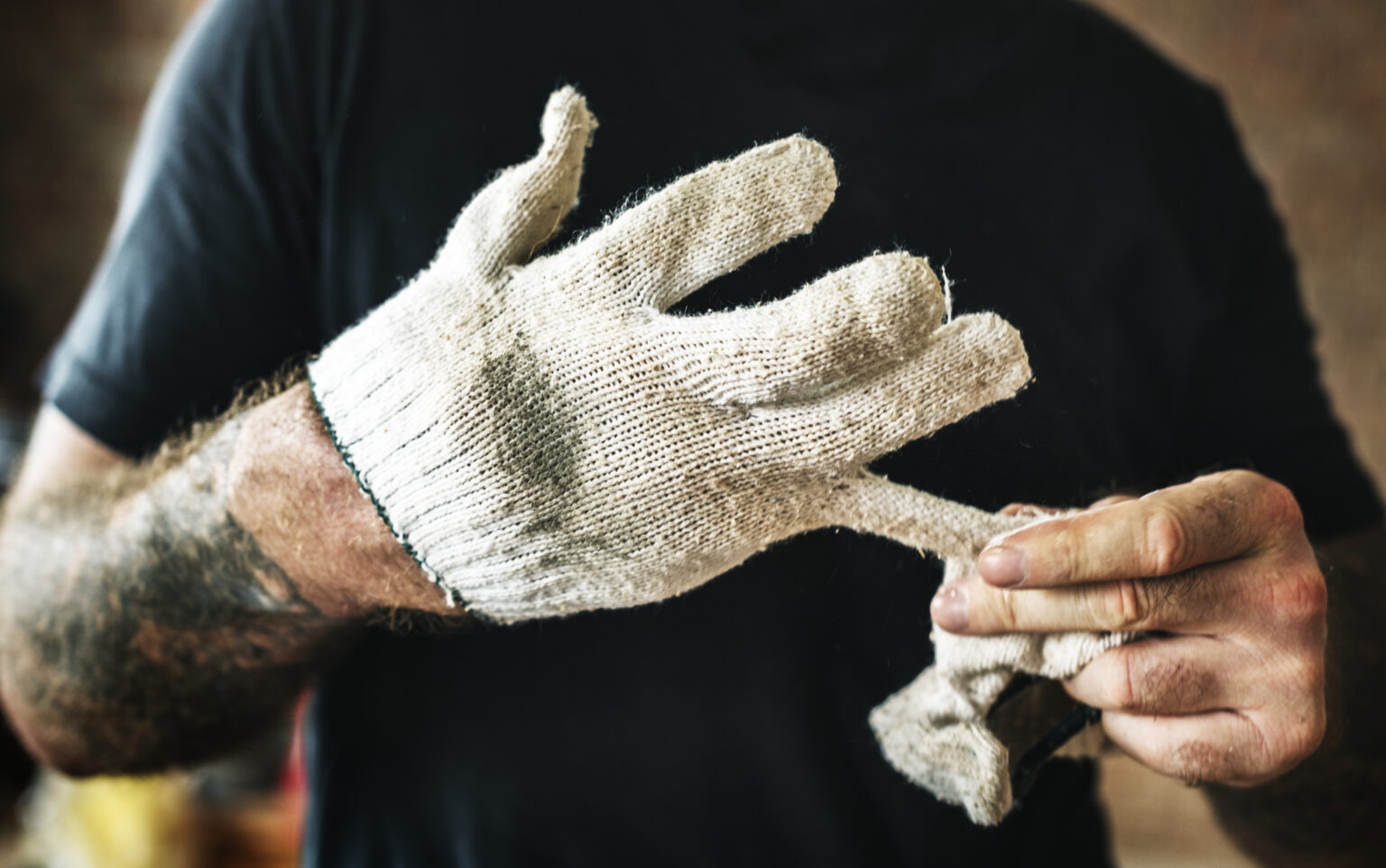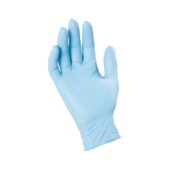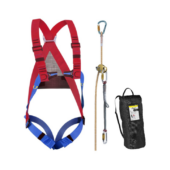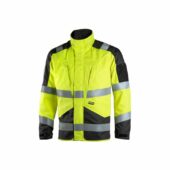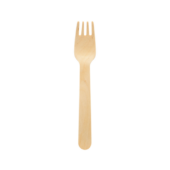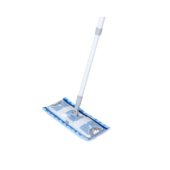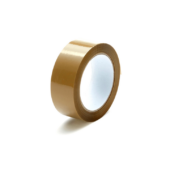Looking for the best winter work gloves to stay comfortable in challenging weather conditions? By the end of this guide, you’ll have a thorough understanding of insulation technologies like Thinsulate and Primaloft, helping you make informed decisions.
With expertise grounded in the latest innovations, we’ll equip you to stay warm and comfortable during cold weather. Plus, we’ll guide you on your next step: choosing complementary gear for full-body protection.
Start with our Comprehensive Guide to Choosing Work Gloves for Cold Weather if you need a solid foundation.
Understanding Thinsulate Insulation
Thinsulate, developed by 3M, is one of the most popular insulation materials for work gloves and winter wear.
Known for its thin yet highly effective insulating properties, Thinsulate is often used in insulated gloves, jackets, and shoes.
Key Benefits:
- High Warmth-to-Weight Ratio: Thinsulate provides excellent insulation without adding bulk.
- Breathability: The material allows moisture to escape, reducing sweat buildup.
- Durability: Resistant to compression, Thinsulate maintains its insulating properties over time.
Real-World Example: Construction workers operating in sub-zero temperatures benefit from Thinsulate gloves, as the thin profile doesn’t impede dexterity while ensuring warmth during precision tasks like operating machinery or handling tools.
To learn more, check out this detailed breakdown of Thinsulate’s properties.
Exploring Primaloft Insulation
Primaloft is another high-performance insulation material, initially developed for military applications. It is prized for its water resistance and softness, making it a versatile choice for cold-weather gear.
Key Benefits:
- Water Resistance: Primaloft retains warmth in damp conditions, ensuring reliable performance.
- Lightweight: Designed to mimic down insulation without the added weight.
- Eco-Friendly Options: Many Primaloft variants use recycled materials.
Real-World Example: Agricultural workers exposed to wet and muddy conditions find Primaloft-insulated gloves indispensable, as they stay warm even after exposure to moisture from handling wet tools or livestock.
Find a comprehensive overview of Primaloft insulation here.
Comparison of Thinsulate and Primaloft
| Feature | Thinsulate | Primaloft |
| Warmth-to-Weight | Excellent | Excellent |
| Water Resistance | Moderate | High |
| Compression Recovery | Very Good | Excellent |
| Eco-Friendliness | Limited | Recycled options available |
| Ideal Use | Dry, cold conditions | Damp, cold conditions |
Both materials have their strengths, so the choice depends on your specific work environment and needs.
Alternative Insulation Technologies
In addition to Thinsulate and Primaloft, other technologies offer unique benefits for winter workwear:
Wool Blends
Natural wool is a traditional insulator that remains popular due to its moisture-wicking and heat-retention capabilities. Wool blends combine synthetic fibers for enhanced durability and fit.
Real-World Example: Outdoor surveyors in cold but dry climates often prefer wool-blend gloves for their natural warmth and comfort during extended periods of stillness.
Aerogel
Known as one of the lightest and most effective insulators, aerogel is often used in extreme cold applications. While less common in work gloves, it’s gaining traction in niche markets.
Hollow-Core Fibers
These synthetic fibers mimic the structure of down feathers, offering high insulation while remaining lightweight and compressible.
How to Choose the Best Insulation for Your Needs

- Assess Your Work Environment:
- For dry and extremely cold conditions, opt for Thinsulate.
- For wet environments, Primaloft provides better water resistance.
- Consider Layering:
- Layering insulated gloves with moisture-wicking liners enhances warmth and flexibility.
- Match Insulation to Task:
- For tasks requiring dexterity, choose lightweight options like Thinsulate.
- For heavy-duty tasks, prioritize durability and water resistance.
Related Winter Workwear Products
While winter work gloves are crucial, consider adding complementary gear for full-body protection. Explore our top categories:
- Winter Safety Shoes to maintain traction and warmth.
- Winter Work Jackets for upper body insulation.
- Winter Work Pants to protect your lower body.
- Winter Overalls for complete coverage.
Looking for advice? Check out our guide to work jackets for winter and other buying tips.
Maintenance Tips for Insulated Gear
- Regular Cleaning: Follow manufacturer’s guidelines for washing insulated gloves and clothing to maintain performance.
- Drying Properly: Opt for air drying to maintain your gear’s quality and performance.
- Storage: Store items in a cool, dry place to maintain their optimal performance.
Conclusion
We hope this guide has provided valuable insights into the science of insulation materials like Thinsulate and Primaloft, enabling you to make confident choices for your winter workwear.
Whether you’re working outdoors in cold conditions or fine-tuning your gear for comfort, we’re here to help you stay prepared and productive. Explore our comprehensive Winter Work Gloves collection and discover solutions tailored to your needs.
Need guidance for your next purchase, such as winter jackets or safety shoes? Check out our related guides and products to ensure you’re equipped from head to toe for any cold-weather challenge.
Have further questions or need advice? Reach out to us—we’re committed to your safety and satisfaction at every step.
Frequently Asked Questions
Measure your hand’s circumference and refer to the manufacturer’s size chart, ensuring enough room for layering if needed.
Yes, many insulated gloves feature conductive fingertips for using touchscreen devices without removing them.
Insulated gloves retain heat passively, while heated gloves use battery-powered elements for active warmth.
Yes, layering with liners and ensuring compatibility with gear like harnesses helps maintain comfort and functionality.
Thinsulate gloves typically cost $30–$100 and Primaloft gloves range from $40–$120, depending on features and quality.

